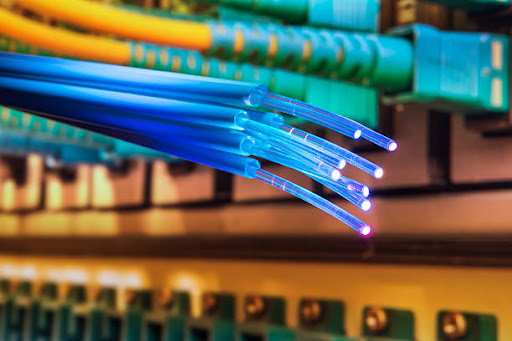In the ever-evolving world of internet connectivity, fiber optic technology stands at the forefront, promising blazing-fast speeds and reliable connections. If you are considering making the switch to fiber internet, you are on the right track.
However, before diving headfirst into the fiber frontier, there are crucial factors you should consider to ensure a smooth installation process and maximize the benefits of this cutting-edge technology.
Location, Location, Location
Before you start digging trenches and laying fiber optic cables, it is imperative to consider your location. The availability of fiber-optic connection varies widely depending on your geographical area. While it is more prevalent in urban centers, rural areas may have limited access.
Contact your local internet service providers to confirm whether fiber optic infrastructure is accessible in your area. Knowing your location’s compatibility with high-speed fiber is the first step in making an informed decision.
Installation Costs And Budgeting
While the long-term benefits of fiber optic are undeniable, it is essential to be aware of the upfront costs associated with installation. Fiber optic infrastructure can be expensive to deploy, especially if it is not already available in your vicinity. You will need to consider costs for trenching, cables, and equipment.
Carefully budget for these expenses to avoid any unexpected financial hurdles during the installation process. Additionally, inquire about any installation subsidies or incentives that may be available in your region.
Choosing The Right Service Provider
Selecting the right internet service provider (ISP) is a pivotal decision. Research local ISPs that offer high-speed fiber connection services and compare their plans, prices, and customer reviews. Pay attention to factors such as customer support, service reliability, and contract terms.
It is advisable to opt for a reputable provider with a track record of delivering high-quality fiber connection services.
Inside Your Home: Networking And Hardware
Fiber connection does not end at the curb; you will need to ensure your fiber to home network and equipment can harness its full potential. Consider upgrading your router and modem to ones compatible with fiber optic technology. Wiring within your home should also be assessed for compatibility.
If your residence is large or has multiple floors, think about the placement of Wi-Fi access points to ensure seamless coverage throughout your space. Investing in the right hardware is essential to fully exploit the benefits of fiber technology.
Future-Proofing Your Connection
Fiber connection is not just about today; it is about the future. As technology continues to advance, the demand for faster internet speeds and greater bandwidth will grow. When installing fiber optic internet, think about scalability.
Ensure that your chosen ISP can accommodate your future needs, whether it is for increased data usage, home automation, or emerging technologies like virtual reality. A future-proofed fiber connection will save you from the hassle of costly upgrades down the road.
Bottom Line
Installing fiber technology for Internet connection is a transformative decision that can greatly enhance your online experience. By carefully considering your location, budget, ISP, home network, and future needs, you can navigate the installation process smoothly and unlock the full potential of this high-speed, reliable, and future-ready technology.

